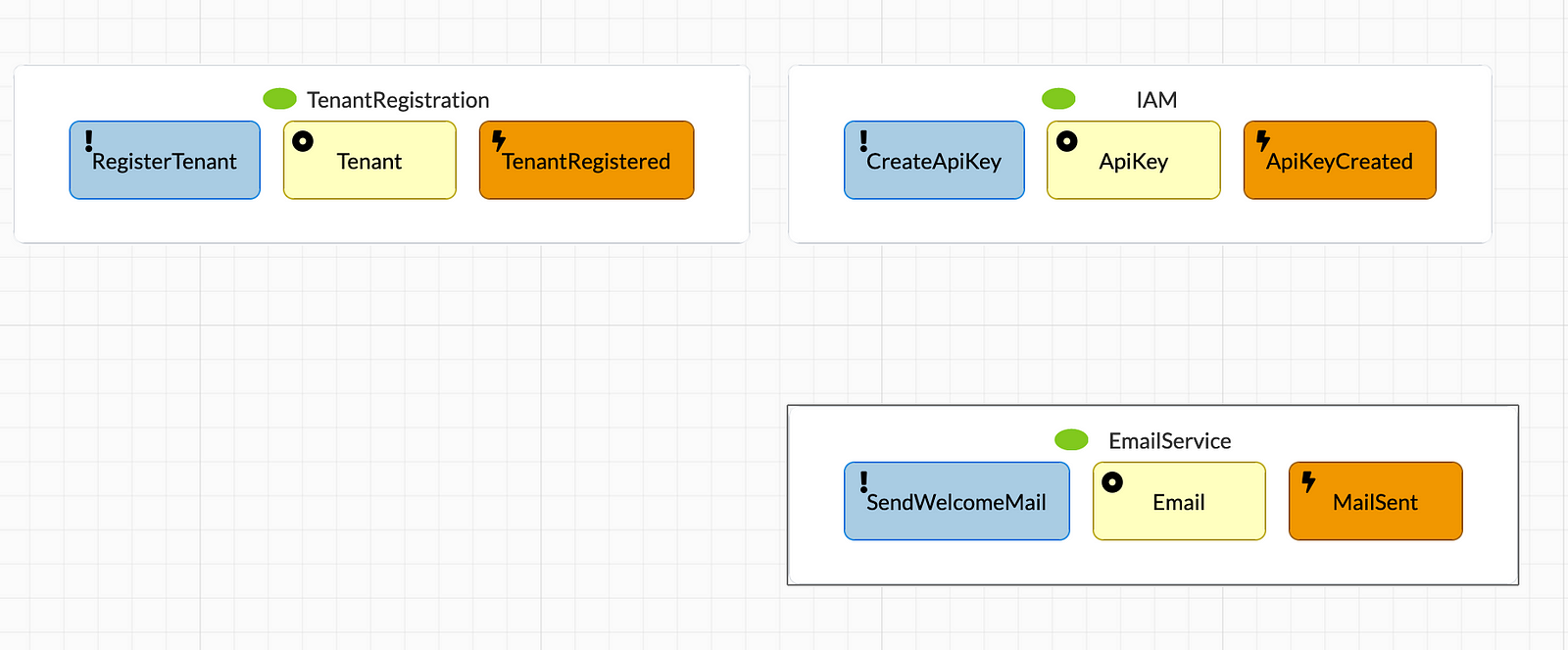Why Ignoring Domain-Driven Design Is Planning to Fail
From Chaos to Clarity: The Essential Shift to Domain-Driven Thinking
In my three decades in software development, I have seen countless technologies come and go, development paradigms change, and the complexity of business applications increase exponentially. With this in mind, I would like to share my belief that Domain-Driven Design (DDD) is not just an option, but a necessity to properly implement modern business applications.
The most common misconception I have come across is the underestimation of the inherent complexity of software projects. This miscalculation leads to an exponential growth of complexity that eventually becomes unmanageable. I have often been called into projects that were already stumbling, recognizable by noticeably slow progress and a resulting inflexibility in making necessary changes. The first question managers often ask in such situations is whether adding more developers will solve the problem — a question I usually answer in the negative. The real problem lies not in the amount of resources, but in the clarity of communication between all parties involved, and in the understanding of the development process itself.
This insight is particularly relevant to the development of critical business applications, as opposed to simpler projects such as websites or pre-built CMS systems. A recurring problem in many organizations is focusing on the wrong things: Data, structures, and, unfortunately, often with too much confidence, specific technologies instead of behavior. This focus leads to a distorted vision and too much ambiguity. People often know how they want to solve a problem, but not exactly what the problem is. This dilemma costs companies and organizations a lot of money without ever achieving any real goals.
It’s 2024, and it seems that principles like continuous delivery are still not fully practiced. Many are chasing the “big bang,” the final completion, rather than maintaining a continuous delivery process. At the heart of the problem is a lack of commitment to the core domain. This leads to time, energy, and money being wasted on peripheral issues instead of focusing on the valuable aspects of the software, which in turn prevents continuous delivery.
This is where strategic design in the context of Domain-Driven Design comes into play. DDD forces us to dive deep into the matter and understand what really happens in a business application. An essential tool in this process is Event Storming. This method brings together all relevant stakeholders to discuss the relevant domain events, far away from any technology. All that is needed is a (virtual) room, enough sticky notes in different colors and the right people. Event Storming is a cost-effective method for recognizing complexity at an early stage and identifying all relevant events in the business process.

This deep engagement with the domain allows the system to be understood as a dynamic process, rather than being reduced to a stupid, static repository of data around which logic is woven in a makeshift fashion. Involving all stakeholders, including the developers, in this process is essential to the success of a project.
The results of this effort are far-reaching: a clear understanding of the core domain and subdomains within the project, identification of the areas that require the most attention and investment, and efficient interface design based on behavior and process rather than individual preferences or technology considerations. This approach allows us to unlock the true value of a software solution and ensure that we focus resources on the aspects that have the greatest impact on business objectives.
Another key benefit of Domain-Driven Design is that it fosters collaboration between technical teams and business experts. Using a common language, known as a Ubiquitous Language, simplifies communication across the project team. This concept ensures that everyone involved — from developers to product managers — uses the same terminology, which reduces misunderstandings and increases efficiency. Establishing the ubiquitous language is a critical step in ensuring that technical solutions accurately reflect the domain model.
DDD also places a strong focus on modeling and designing software that is closely aligned with business requirements. The concept of bounded contexts clearly defines the scope of the application, which helps manage complexity and enables the development of focused and modular systems. This modularity is critical to the maintainability and scalability of software projects and allows teams to work more independently, increasing the speed and agility of software development.
It is important to note that using DDD does not mean that every problem should be solved using a DDD methodology. Rather, it is about developing the awareness and skills to recognize when this approach makes sense. In my experience, the projects that benefit most from DDD are those that benefit from a deep understanding of the business domain.
The challenges of modern software development are not trivial. Technologies are constantly changing, user requirements are becoming more complex, and the pressure to deliver quickly has never let up. A clear, structured approach that focuses on how a system behaves rather than how data is structured becomes essential. Domain-Driven Design provides such a framework and enables us to create robust, flexible and business-oriented software solutions.
Finally, I would like to emphasize that my commitment to DDD and Event Storming does not come from a preference for specific technologies or methodologies, but from the practical experience that these approaches lead to better, more sustainable results. The true power of software development lies not in mastering the latest frameworks or programming languages, but in understanding the business processes we are trying to digitize. DDD is a tool in our arsenal that helps us achieve this goal. It allows us to bridge the gap between the technical and business worlds to create solutions that are not only technically excellent, but also deeply rooted in the core business.
Cheers!